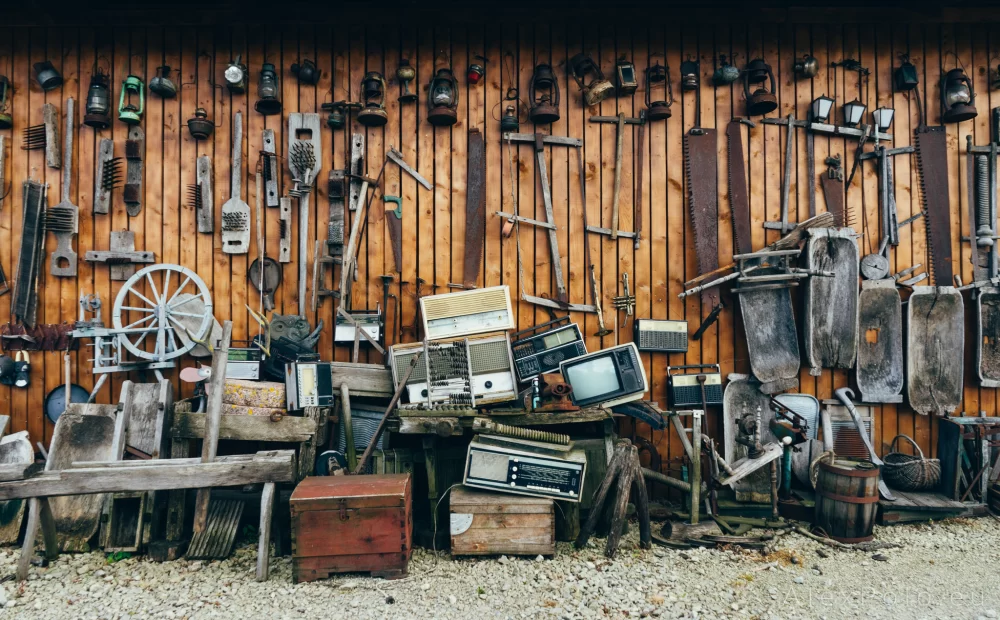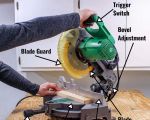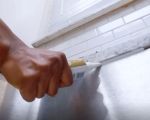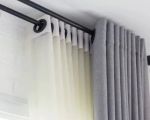Unclogging Tools for Sinks and Drains: My Personal Journey
As someone who has experienced the frustration of a clogged sink or drain, I can tell you that it’s a problem every homeowner will face at some point. Whether it’s the kitchen sink backed up with grease or a bathroom drain clogged with hair, knowing which tools to use can save you time, money, and stress. In this article, I’ll take you through the essential tools for unclogging sinks and drains, based on my personal experiences and expert advice.
1. Plunger: The First Line of Defense
When you think of a clogged drain, the first tool that comes to mind is often the plunger. And for good reason! A plunger is the go-to tool for most minor blockages, particularly in sinks and toilets. It works by creating a vacuum seal that pushes and pulls the clog, loosening it so that it can flow freely.
There are a few different types of plungers to consider:
- Traditional Cup Plunger: Best for flat drains like bathroom sinks or bathtubs.
- Flange Plunger: Ideal for toilets, as it has a special flange designed to create a better seal around the drain.
In my experience, using the right type of plunger can make a significant difference. For instance, I once tackled a bathroom sink clog with a traditional cup plunger and had it cleared in minutes. However, if you're working with a particularly stubborn blockage, you may need to step up your game.
2. Drain Snake: For Stubborn Clogs
If the plunger doesn’t do the trick, it’s time to bring in a drain snake. A drain snake (or auger) is a flexible, coiled wire that you insert into the drain to physically break up or pull out the clog. I found a drain snake to be especially effective when dealing with hair buildup in bathroom sinks or bathtubs.
There are two main types of drain snakes:
- Manual Drain Snake: A hand-operated device that’s simple to use and can handle most household clogs.
- Power Auger: A motorized version that’s more powerful and effective for tougher blockages, especially those deep in the pipes.
One time, I used a manual drain snake on a kitchen sink that had been slowly draining for days. After a few turns, I pulled out a large wad of grease and food particles that had built up over time. The sink flowed freely again in no time!
3. Plumbing Gel: Chemical-Free Drain Cleaning
Sometimes, the best approach is a chemical-free solution. I recently discovered plumbing gels, which are eco-friendly and effective at breaking down organic matter like grease, hair, and soap scum. These gels are applied to the drain, left to sit for a while, and then flushed with water.
What I love about plumbing gels is that they’re easy to use and often come with instructions for both maintenance and emergency situations. I use them regularly to keep my drains clear, especially in the kitchen where grease is a common issue.
4. Wet/Dry Vacuum: The Heavy-Duty Solution
If you need a more aggressive approach, a wet/dry vacuum can be a powerful tool to remove both liquids and solids from your drain. While not every homeowner has a wet/dry vacuum, I’ve found it to be indispensable for serious clogs. It works by creating suction to pull debris out of the drain, and it can be used for both liquid and solid clogs.
Once, I had a major blockage in the laundry room, and the sink was completely backed up. Using the wet/dry vacuum, I managed to extract an impressive amount of debris, including lint and soap buildup. It's a bit messy, but it's highly effective for those persistent clogs.
5. Hydro-jetting: For Professional-Level Cleaning
For more complex or deep-rooted clogs, hydro-jetting is an option I discovered through a professional plumber. This method involves using high-pressure water to blast through blockages and clean out pipes. While it's usually something you’ll need to call a plumber for, I’ve heard from several friends who’ve had great success using hydro-jetting on stubborn clogs deep in their plumbing systems.
Hydro-jetting can remove grease, tree roots, and other materials that typical tools can’t handle. However, it’s more of a last resort and typically requires professional equipment. The results, however, are often worth it!
6. How to Prevent Clogs in the First Place
While it’s great to have these tools on hand, the best way to deal with clogs is to prevent them in the first place. Here are a few tips that have worked well for me:
- Use Drain Screens: To catch hair, food, and other debris before they go down the drain.
- Avoid Pouring Grease Down the Drain: It may seem harmless, but grease solidifies and can easily cause clogs.
- Regular Maintenance: Run hot water through your drains once a week to prevent buildup.
By incorporating these simple habits, I've been able to keep my sinks and drains in good condition and reduce the frequency of clogs.
When it comes to unclogging sinks and drains, the right tools can make all the difference. Whether it’s a basic plunger or a high-tech drain snake, having the right equipment in your home can save you time and stress when you’re faced with a clogged sink. As I've learned from personal experience, the more proactive you are in maintaining your drains, the less likely you'll be to deal with a major blockage.









